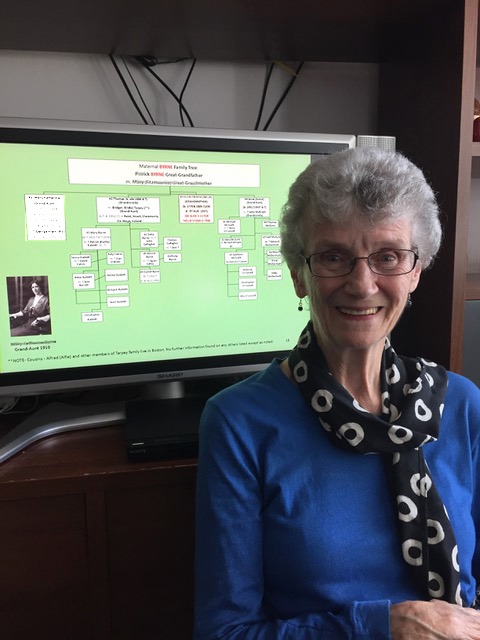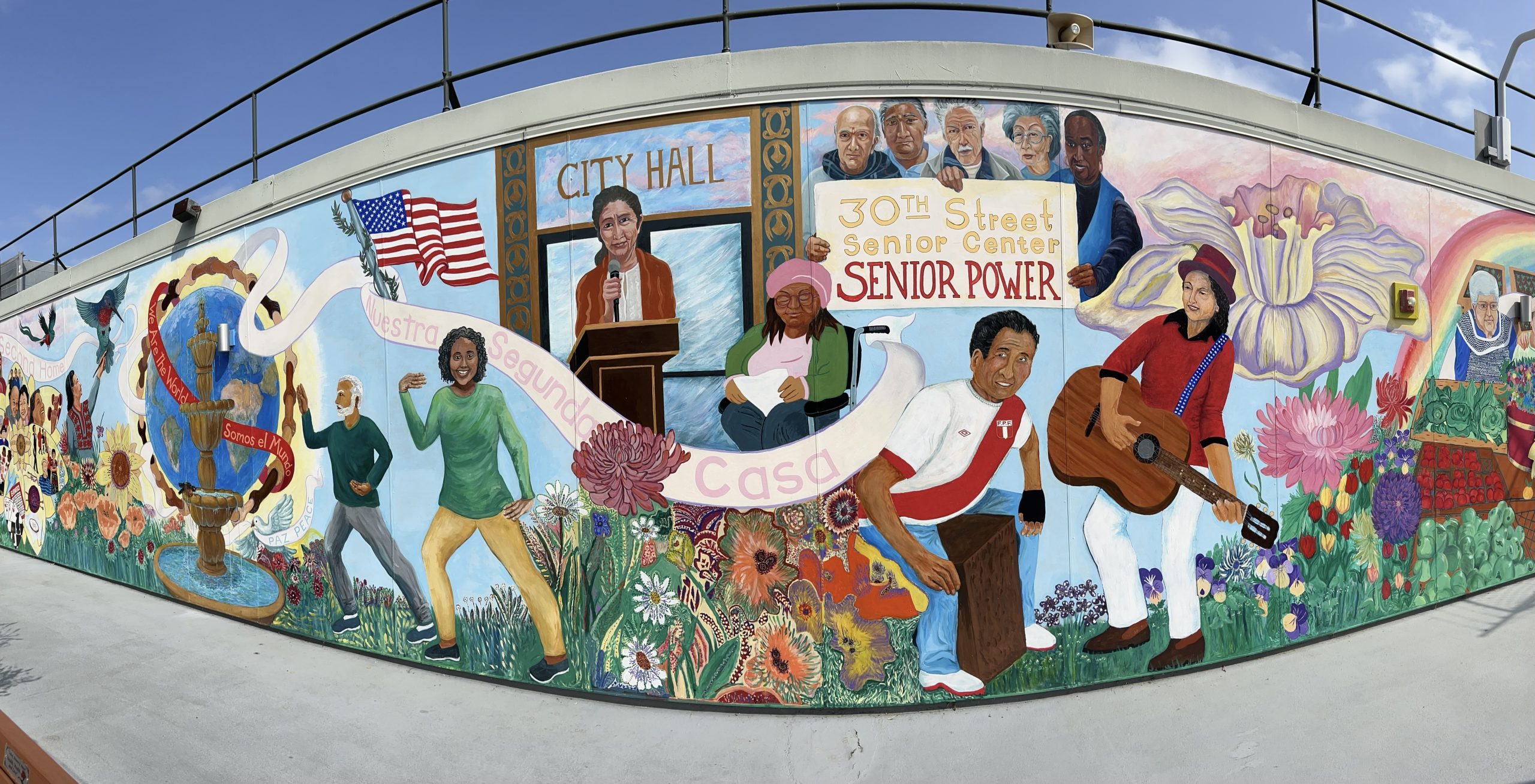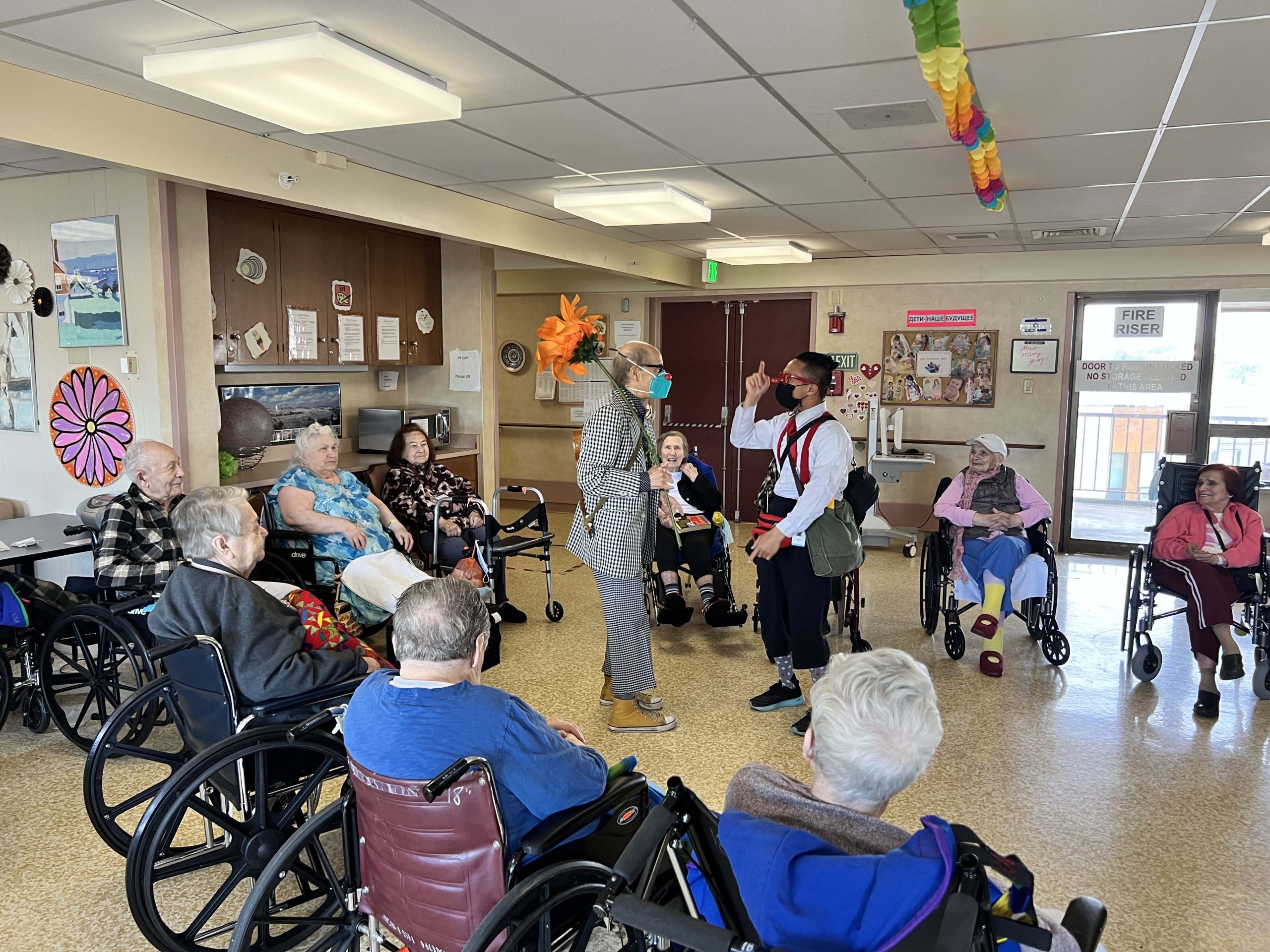Chasing down the family tree: tripping over software, relatives’ impatience – and longevity
Rose Mary Mitchell decided to trace her mother’s family tree; someone had already done her father’s. Little did she know the challenges she would face. And not just the genealogy research.
Over eight years, she struggled to find the right computer software on which to build the tree. Family members she asked to do research grew frustrated with how long it was taking. Engaging younger and more distant relatives wasn’t easy, and she worried about connecting with aging ones before they were no longer around.
“I put up with all the frustrations because I believed strongly that after I created the genealogy of my extended family, they would all see the value,” she said.
Despite a career working on computer interface at Sun Microsystems, Mitchell faced a different set of puzzles creating the genealogical tree. She and her cousins first tried building it in Microsoft Word, using its organizational chart. “A couple of my cousins, my sister and I tried … it was too hard to do.” Pictures added to the tree came out too small, and the application didn’t allow music, which Mitchell sorely wanted to include.
That included her parents’ favorite love song, “I Don’t Want to Set the World on Fire,” a song she remembered her aunts always sung at family get-togethers, “Heart of My Heart,” and a song of Ireland, “Galway Bay,” sung by Bing Crosby.
Formats, apps and operating systems
Three years into the project, she switched to a MAC computer, but used Microsoft Word’s PowerPoint to create the tree. “I was told it could handle the genealogical tree structure and that I could create a DVD from it.” Mitchell reasoned a DVD would be perfect for her older relatives who didn’t know much about computers. She could send the PowerPoint presentation on a flash drive to younger relatives.
Still, creating a DVD presented even more obstacles. “The process was frustrating. I kept finding color and sound issues with the DVD due to all the different DVD and TV formats I had to test them on.”

The genealogy research itself came a bit easier. Her brother-in-law, who had been working on his Jewish ancestry, was a big help. Since he had also done some genealogy for Mitchell’s parents, she was able to tap into his Ancestry.com records before she got her own account. “With correct names, birthdates, and dates of death, Ancestry.com automatically makes connections to other relatives, a great feature.”
But even Ancestry.com, which allows you to build a tree on its site, had its limitations. She used it for research but built the tree with PowerPoint. “Ancestry.com is a static tool – you can’t add music, animation and an array of different kinds of photos.”
A deadline like no other
So, the project went forward in fits and starts. “What kept me motivated were the deaths.” Mitchell was losing relatives and she wanted to finish her project before anyone else died. She wanted them all to see the result.
Mitchell, 76, was inspired to create her mother’s tree after several cousins travelled to Ireland at different times and did some genealogical research. “We were jazzed but no one took the initiative, so I did.” It was 2011 when Mitchell dug in her heels and decided to complete her project.
Because of the computer glitches Mitchell experienced along the way, her relatives sometimes became impatient with the process. “The computer glitches were adding years to the project.”
Mitchell persevered. “I had a hard time getting them to dig deeper and do more research and find more pictures. At points, they stopped believing in me.”
Her relatives’ skepticism was hard for Mitchell to accept. “I’m a gung-ho person. When I set my mind to do something, I do it.”
Mitchell hit a roadblock when she tried to contact her cousins’ children. “I hadn’t met a lot of them, and at first they were reluctant to participate.” It was when Mitchell thought to go on Facebook that she felt the momentum build again. “Facebook was a way to connect with the younger generation to explain what I was doing and why they should be interested.”
Too much information?
And she was asking for a lot of information that might take time to collect: full names of all family members, including middle, and spouse’s maiden names as well as parent’s, spouse’s and children’s birth dates, wedding dates, death dates and whether adopted.
“This was all information I needed to create each family’s tree. Plus, I wanted at least two slides of pictures, 10 to 12 per slide, for each family. All of this took a long, long time as they all live on the East Coast. Most everyone responded, but a few would not – so try as I might, I still don’t have some of their info in the trees.”
Mitchell’s great-great-grandfather settled in Philadelphia, Pa. The Irish had lived in Philadelphia from the pre-Revolution period and were already celebrating St. Patrick’s Day before the first official parade there in 1771. “I grew up in West Philly, a family-friendly, multi-ethnic neighborhood filled with Irish, Italians, Poles and Jews.”

Irish notably had big families and Mitchell’s was no exception. “My mother had five sisters and three brothers – one having died in infancy. “That’s a lot of aunts and uncles who had a lot of children, my cousins, who then had their own families.”
Mitchell started the project four years after retiring. But she had already established a new, busy schedule.
She had joined one Meetup group, then with another senior took over the organization of “Bay Area Seniors Rock.” She went to exercise classes sponsored by the Older Adults program at City College San Francisco.” She made DVDs for the seniors in her class, featuring music and dance from their countries of origin. After accompanying a friend’s mother to a senior center in San Mateo , she helped start a chorus there.
Proud part of a cultural moment
Choral singing had been a big part of Mitchell’s life. She had joined the Lesbian/Gay Chorus of San Francisco in 1982, participating for the next 14 years. And that was what led to her participation in the first Gay Games in 1982 in San Francisco. Both the gay men’s and gay women’s choruses were asked to sing at the closing ceremonies.
The performance lead Mitchell to take a greater role in organizing the games. In 1986, she joined the board of Gay Games II, which in 1989 was renamed The Federation of Gay Games (FGG). She became recording secretary. She stepped down in 2000 but is still an honorary board member.
“I was both excited and humbled, for although I was a very small player participating in a fledgling movement, I believed the FGG would grow into something that would change the world.”
Now a worldwide competition and cultural event, it is open to anyone regardless of sexual orientation. The XII Gay Games are scheduled for 2020 in Hong Kong.
Putting together a family tree may seem a small feat compared with participating in a cultural movement, one that allowed her to travel the world.
But each time she was able to add information to the various branches of the tree, she had to send appropriate relatives either an email or, more often, a copy of the PowerPoint slide for their review. She also had some of her nieces check the presentation at various points to make sure they had no trouble opening the files.
“That took a long time as well for many of the younger family members still work, so had to fit it in their schedule. Then, by my cut-off of Nov. 30, I went with whatever I had and the nightmare of making the DVD started.
She’s glad she stuck it out.
Her cousin died recently, but not before her son had taken his laptop into her nursing home and, using his flash drive, showed her the family tree Mitchell had produced. “I am so very glad I got it done,” she said. “He told me she loved it.”





